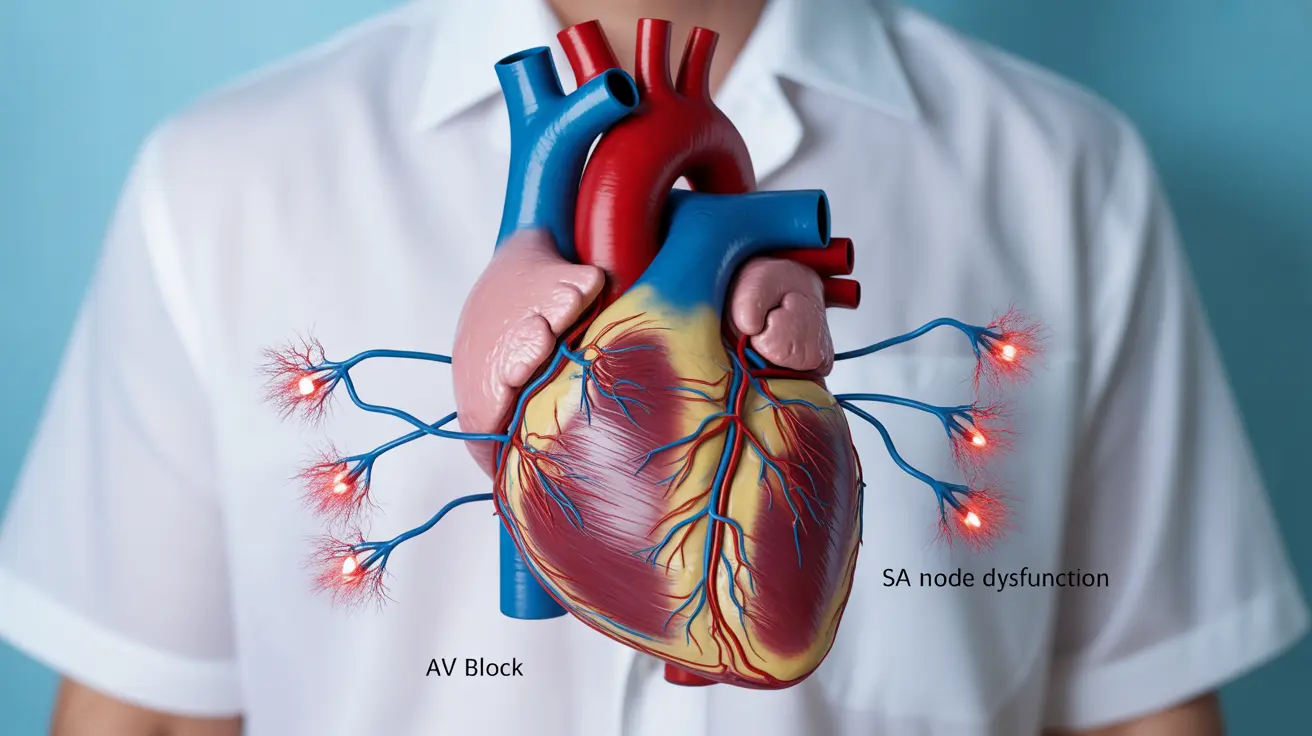Mobitz type 2 heart block is a serious cardiac condition that requires prompt medical attention and specific treatment approaches. This form of heart block affects the electrical signals that control heart rhythm, potentially leading to dangerous complications if left untreated. Understanding the available treatment options and management strategies is crucial for both healthcare providers and patients.
Given the serious nature of this cardiac condition, early intervention and appropriate treatment selection are essential for optimal patient outcomes. This guide explores the various treatment approaches, symptoms to watch for, and what to expect during diagnosis and management.
Understanding Mobitz Type 2 Heart Block
Mobitz type 2 heart block is characterized by intermittent failure of electrical signal conduction from the upper to lower chambers of the heart. Unlike other forms of heart block, this condition can rapidly progress to complete heart block, making it particularly dangerous and requiring immediate medical intervention.
Primary Treatment Approaches
Permanent Pacemaker Implementation
The primary and most effective treatment for Mobitz type 2 heart block is the implantation of a permanent pacemaker. This device ensures reliable electrical stimulation of the heart, maintaining proper rhythm and preventing potentially life-threatening complications.
Temporary Pacing Methods
In emergency situations, temporary pacing may be necessary before permanent pacemaker placement. This can be achieved through:
- Transcutaneous pacing (external pacing pads)
- Transvenous temporary pacing
- Emergency temporary pacing wire placement
Recognizing Critical Symptoms
Early recognition of symptoms is crucial for timely intervention. Key symptoms that warrant immediate medical attention include:
- Unexplained fatigue or weakness
- Dizziness or lightheadedness
- Fainting episodes (syncope)
- Shortness of breath
- Chest pain or discomfort
- Slow or irregular heartbeat
Emergency Management Protocol
When Mobitz type 2 heart block is suspected, healthcare providers follow a structured approach to diagnosis and treatment:
- Immediate ECG monitoring
- Vital sign assessment
- Laboratory testing
- Preparation for temporary or permanent pacing as needed
Role of Medication in Management
While medications play a limited role in treating Mobitz type 2 heart block, certain drugs may be used in specific situations:
- Atropine (limited effectiveness)
- Epinephrine (in emergency situations)
- Other chronotropic agents
Frequently Asked Questions
What is the recommended treatment for Mobitz type 2 second-degree heart block?
The recommended treatment for Mobitz type 2 second-degree heart block is permanent pacemaker implantation. This is considered the definitive treatment due to the high risk of progression to complete heart block.
Why is a permanent pacemaker usually needed for Mobitz type 2 heart block?
A permanent pacemaker is necessary because Mobitz type 2 heart block typically indicates significant damage to the heart's electrical conduction system. The condition can rapidly progress to complete heart block, making reliable artificial pacing essential for maintaining proper heart rhythm.
Can medications like atropine effectively treat Mobitz type 2 heart block?
Medications like atropine generally have limited effectiveness in treating Mobitz type 2 heart block. While they may be used in emergency situations, they are not considered a reliable long-term treatment option, as the underlying conduction problem requires mechanical intervention through pacing.
What symptoms should prompt evaluation for Mobitz type 2 heart block?
Symptoms that should prompt immediate evaluation include unexplained dizziness, fainting episodes, severe fatigue, chest pain, shortness of breath, and noticeable irregular or slow heartbeat. These symptoms may indicate compromised cardiac function requiring urgent medical attention.
How do doctors diagnose and manage Mobitz type 2 heart block in emergency situations?
In emergency situations, doctors diagnose and manage Mobitz type 2 heart block through immediate ECG monitoring, vital sign assessment, and preparation for temporary pacing if necessary. The primary goal is to stabilize the patient's condition while preparing for permanent pacemaker placement.




